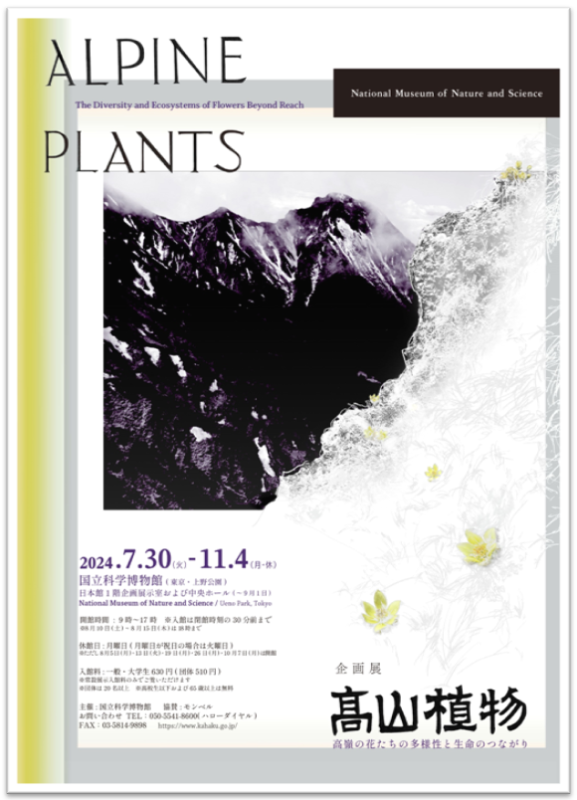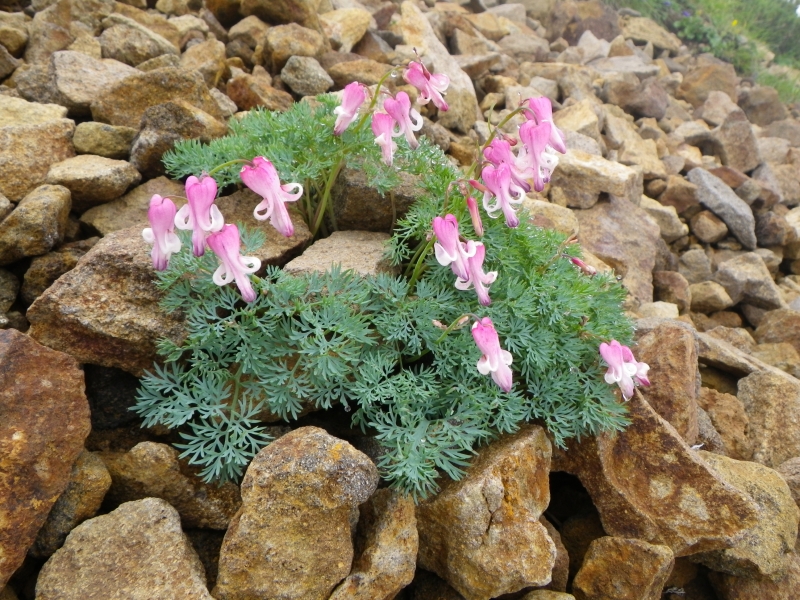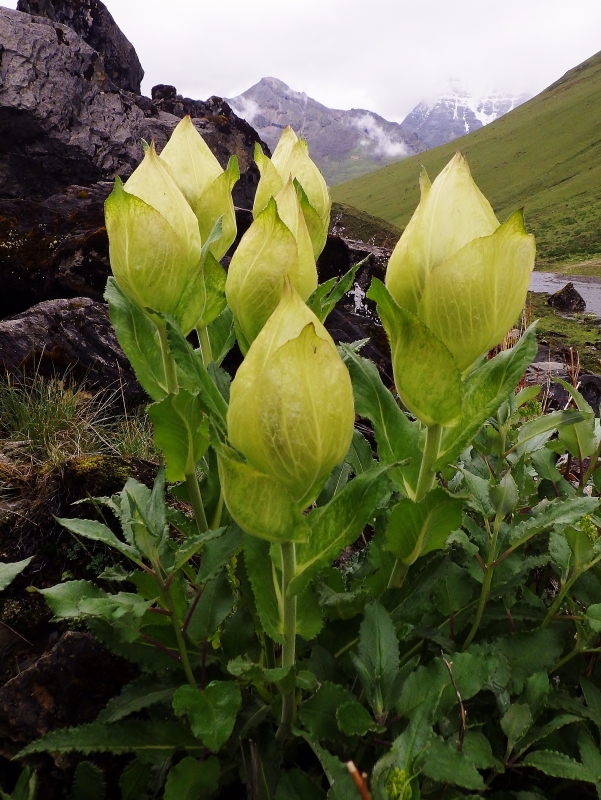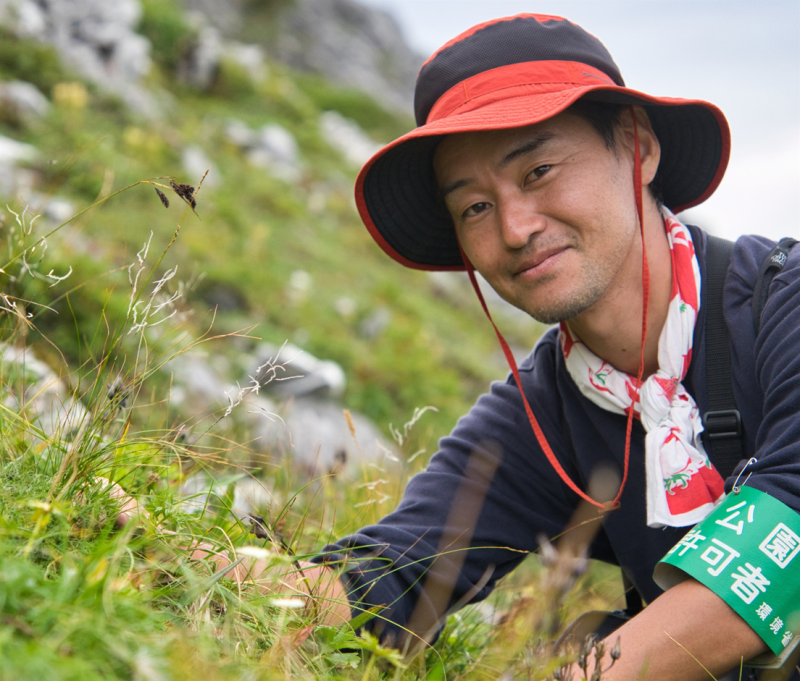National Museum of Nature and Science
The National Museum of Nature and Science will hold a special exhibition “Alpine Plants – The Diversity of Unreachable Flowers and the Connection of Life” from Tuesday, July 30th to Monday, November 4th, 2024 (holiday), as detailed below.
[Detailed URL: https://www.kahaku.go.jp/event/2024/07alpineplants/ ]


The diverse forms and ecology of alpine plants that adorn the mountains in summer, as well as their connections with other living things, are introduced through numerous specimens and other materials, along with scientific knowledge. The museum also explains the current critical situation of alpine plants and conservation efforts. Learn about the diversity of alpine plants and experience their charm through powerful images and a immersive exhibition hall.
Event summary
Special exhibition “Alpine plants – the diversity of unattainable flowers and the connections between life”
[Location] National Museum of Nature and Science (Ueno Park, Tokyo)
Japan Pavilion 1st floor Special Exhibition Room and Central Hall (until September 1st)
[Event period] July 30th (Tuesday) to November 4th (Monday, closed), 2024 (Reiwa 6)
[Opening hours] 9:00-17:00 * Until 18:00 from August 10th (Sat) to August 15th (Thu) * Admission is available until 30 minutes before each closing time
[Closed] Mondays (Tuesdays if Monday is a public holiday)
*However, the museum will be open on August 5th (Monday), 13th (Tuesday), 19th (Monday), 26th (Monday), and October 7th (Monday).
[Admission fee] Adults and university students: 630 yen (510 yen for groups), high school students and younger and those aged 65 and older: Free *This exhibition can be viewed with the admission fee for the permanent exhibition only *Groups of 20 or more people *For details on admission, please see our website
https://www.kahaku.go.jp/
[Organizer] National Museum of Nature and Science [Sponsor] Montbell [Cooperation] Iwate University Faculty of Agriculture Agricultural Education Museum, Ministry of the Environment, Omachi City Mountain Museum, Sugawa Chonosuke Memorial Association, Nagano Prefecture Environmental Conservation Research Institute, Japan Association of Botanical Gardens, Hakubakan, Hakuba Goryu Alpine Botanical Garden, Hokkaido University Botanical Garden and Museum, Hokkaido University Archives, Postal Museum
・Exhibition introduction
Chapter 1: What are alpine plants? <br />First, we will introduce the characteristics of alpine plants, including their morphology and ecology. Plants that live in harsh alpine environments have developed a variety of survival strategies to adapt to the environment. Furthermore, alpine plants occupy an important position in the alpine ecosystem and live in close association with other organisms, and we will introduce some examples of this.

Chapter 2: The diversity of Japan’s alpine plants <br />The Japanese archipelago is long from north to south and is very undulating. It has climates ranging from subtropical to subarctic, and is home to a truly diverse range of plants. In particular, from central Honshu to Hokkaido, areas where alpine plants grow are scattered like islands. Furthermore, in areas with special geology, there are many endemic species that grow only in certain places, further enriching the diversity of Japan’s alpine plants.


Chapter 3: Research on Alpine Plants <br />This chapter introduces research on alpine plants, focusing on people involved in early research in Japan and representative mountain regions. Please look at valuable specimens, documents, photographs, etc. Furthermore, as research into the diversity of alpine plants has made great progress in recent years, this chapter will also introduce the results of that research and new initiatives.

Chapter 4: The current state of alpine plants and efforts to protect their diversity <br />The wonderful diversity of alpine plants is in grave danger. Changes are already occurring in alpine vegetation due to the effects of climate change. Many flower fields have disappeared due to damage caused by deer. In response to this situation, attempts are being made to protect and restore vegetation in native habitats. Additionally, at places such as Tsukuba Botanical Garden, conservation efforts are being made outside of their native habitat, focusing on endangered species.
Chapter 5 How to Enjoy Alpine Plants <br />After learning about alpine plants through this exhibition, be sure to go out and observe them. We will introduce some recommended spots in Japan where you can observe alpine plants. Also, if you travel overseas, you can enjoy fantastical alpine plants that cannot be seen in Japan. We will also introduce things to keep in mind when observing plants. Enjoy alpine plants from various angles.


・Exhibition Supervisor

Plant Diversity Analysis and Conservation Group, Plant Research Department, Research Director
Yoshinori Murai
His fields of expertise are plant science, chemical ecology, and environmental adaptability. He mainly studies alpine plants, focusing on the diversity and functions of their chemical components, as well as their environmental adaptability mechanisms. He also serves as collection manager for the Specimen Resource Center, and cultivates over 100 species of alpine plants he has collected at the Tsukuba Botanical Garden, while also working on ex situ conservation, such as developing methods for cultivating and propagating endangered species.
[Agency for Cultural Affairs] Press Release
Article provided by: Kokosil Ueno
See other exhibition information

